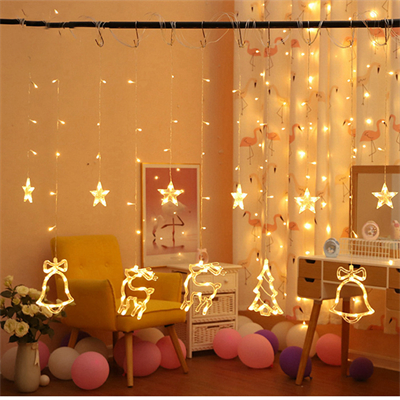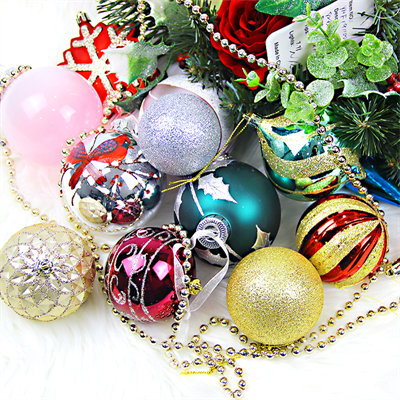The history of Christmas lighting traditions is a fascinating journey through time, showcasing the evolution of how people have illuminated their homes and communities during the holiday season. These traditions have deep cultural, religious, and symbolic significance. Here’s a brief overview of the history of Christmas lighting traditions:
- Candles on Trees (16th Century):
- The use of candles as Christmas decorations can be traced back to 16th-century Germany. People would attach small candles to the branches of evergreen trees to symbolize the stars in the night sky.
- This tradition was brought to England by Queen Victoria’s husband, Prince Albert, in the mid-19th century when they popularized the Christmas tree. Candles continued to be used, but safety concerns led to the development of safer lighting options.
- Christmas Tree Lights (Late 19th Century):
- In the late 19th century, as concerns about fire hazards increased, candles were gradually replaced with safer alternatives. Edward H. Johnson, an American inventor, is often credited with the invention of electric Christmas tree lights in 1882. He hand-wired 80 red, white, and blue bulbs and displayed them on his Christmas tree.
- Public Lighting Displays (Late 19th Century):
- As electric lighting technology improved, public displays of Christmas lights began to emerge. One of the most famous early displays was in 1880 when Thomas Edison hung strings of electric bulbs outside his laboratory in Menlo Park, New Jersey.
- Outdoor Decorations (Early 20th Century):
- The tradition of outdoor Christmas lighting gained popularity in the early 20th century. People began decorating their homes and yards with electric lights, creating festive displays that could be seen from the street.
- The first electrically lit Christmas tree at Rockefeller Center in New York City was erected in 1931, marking the beginning of a beloved holiday tradition.
- Bubble Lights and Other Innovations (Mid-20th Century):
- In the mid-20th century, bubble lights and other novelty lights became popular, adding diversity and creativity to Christmas lighting displays.
- LED Lights (Late 20th Century):
- In the late 20th century, light-emitting diodes (LEDs) began to replace traditional incandescent bulbs. LEDs are more energy-efficient, longer-lasting, and come in a wide range of colors, making them a popular choice for Christmas lighting.
- Commercial Displays and Competitions (Modern Era):
- Today, Christmas lighting traditions continue to evolve, with elaborate commercial displays, competitions, and festivals dedicated to Christmas lights.
- Many cities around the world host annual holiday light festivals, such as the Festival of Lights in Lyon, France, and the Christmas Lights Spectacular in Hunter Valley, Australia.
- Innovations in Smart Lighting (Modern Era):
- Smart lighting technology has become increasingly popular, allowing people to control and synchronize their Christmas lights using smartphones and voice assistants.
Throughout history, Christmas lighting traditions have adapted to advances in technology and cultural shifts. However, the core elements of bringing light and warmth to the dark winter season and symbolizing hope and joy have remained constant. Today, Christmas lights continue to be a cherished part of the holiday season, illuminating homes and hearts with their festive glow.
























